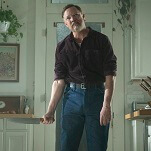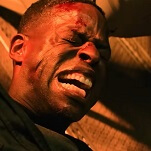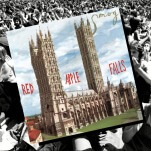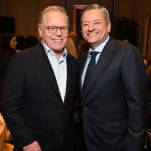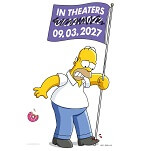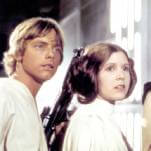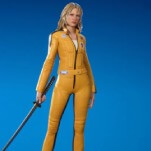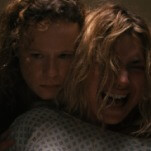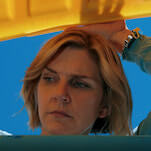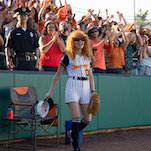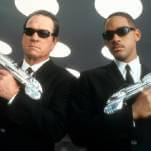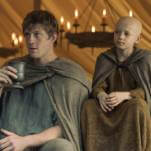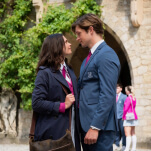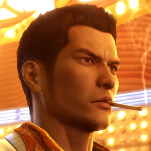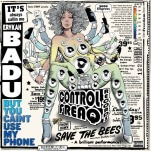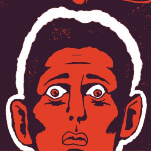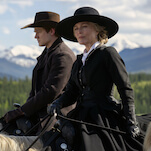How to build a fantasy world, from Star Wars to Lord Of The Rings
It’s a ton of work to write a sci-fi or fantasy novel. If you’re trying to create a fictional universe where civilizations span galaxies or different, mythical species interact, you have to create a universe. In a wonderful new essay on Literary Hub, writer A.D. Jameson opines that it’s more or less expected from modern readers that the fictional worlds of any given story make as much sense as the story itself. Thanks a lot, George R. R. Martin.
“In order to appeal to geeks,” Jameson writes, “fantasy artists today are obliged to create not just movies, novels, or comics, but entire fictional cultures, languages, species, landscapes, histories, mythologies—sprawling alternative earths, strange other places that can be described so confidently and so thoroughly that their flora and fauna and machinery seem as solid and convincing as our own.”
That might sound appealing to some, but Jameson advises that it’s best to look back to those who helped pave the way for this kind of storytelling before creating your own race of hairy, trilling ape-things. As such, the essay breaks down the ways in which artists like J. R. R. Tolkien, George Lucas, and the battalion of minds behind Star Trek constructed not just rules for their world, but detailed histories and seemingly inconsequential minutiae.


